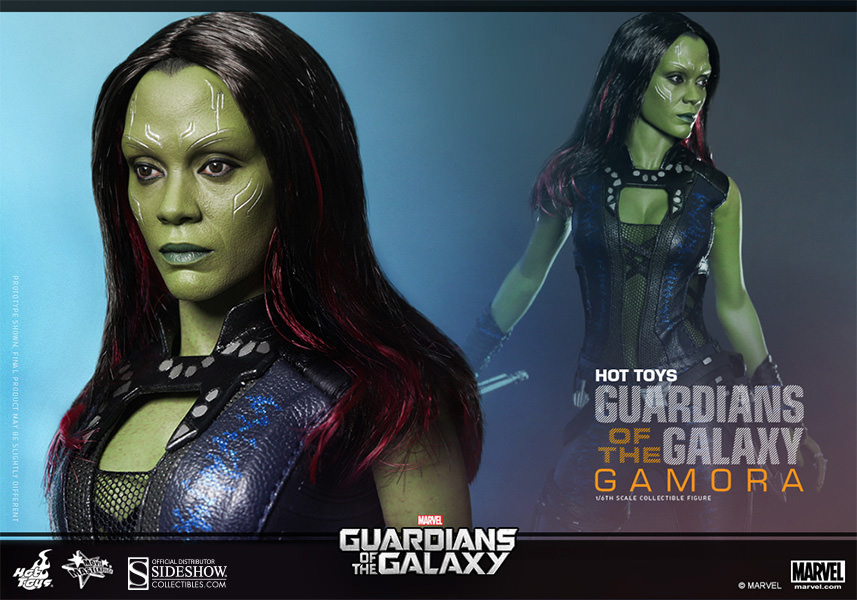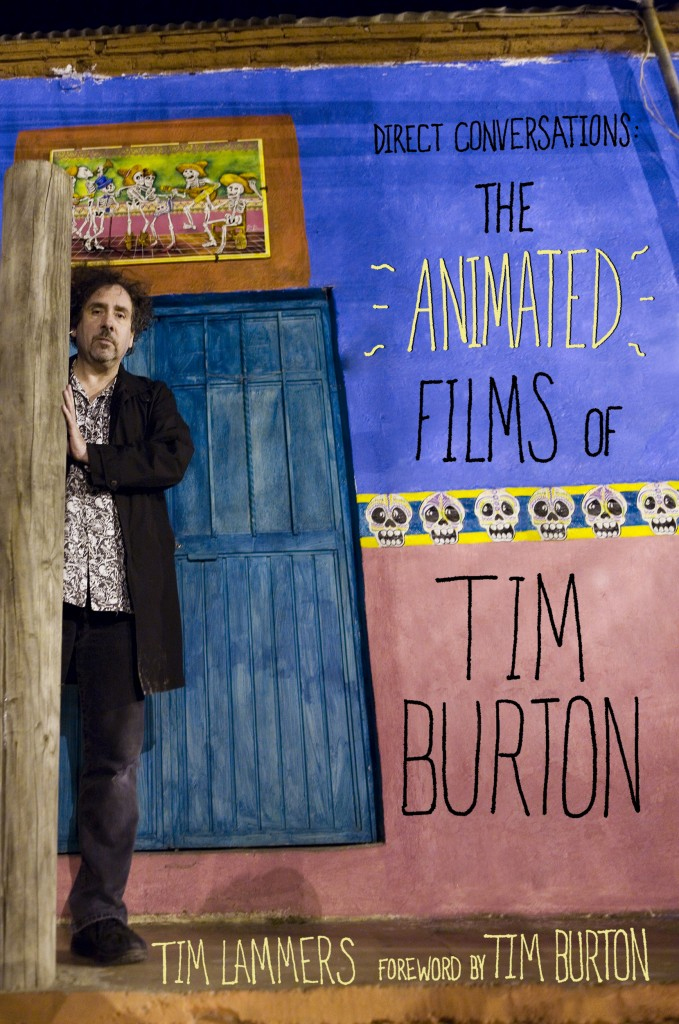Sixteen years before he did “The Judge,” Oscar-winning actor Robert Duvall talked with Tim Lammers about another courtroom drama with “A Civil Acton.” See Duvall discuss the film and his passion for independent filmmaking below.


Sixteen years before he did “The Judge,” Oscar-winning actor Robert Duvall talked with Tim Lammers about another courtroom drama with “A Civil Acton.” See Duvall discuss the film and his passion for independent filmmaking below.


Tim reviews the courtroom drama “The Judge” and the family comedy “Alexander and the Terrible, Horrible, No Good, Very Bad Day” on KARE-TV in Minneapolis with Diana Pierce below. Also, you can hear Tim review the film with on WCCO-AM (14:30 in), KTWIN-FM, KKLN-FM and KSCR-FM.

Three decades after first voicing the iconic character of Optimus Prime for the “Transformers” animated series, legendary voice actor Peter Cullen’s vocals are as resonant as ever thanks to another booming performance in the latest entry in the film franchise, “Transformers: Age of Extinction.”
Owning the role since 1984, Cullen remains humble despite the lasting success of the Autobot character, whether it be in animated, cinematic or original Hasbro action figure form — and he has the fans to thank for it.
“I’m very grateful to the fans because of their tenacity to keep me as Prime — to keep the memory of growing up. They’ve done it for me,” Cullen told me in an interview Tuesday – the same day he and Optimus Prime made their marks on Hollywood, California, with a handprint-footprint ceremony at the famed TCL Chinese Theater IMAX. “I guess we’ve created a bond in a way. I’ve used the word ‘bond’ before to describe their fandom. But I’m a fan of theirs, to tell you the truth.”
New on Blu-ray and DVD (Paramount Home Media Distribution), “Transformers: Age of Extinction” marks the fourth live-action film in the “Transformers” franchise, and the fourth time Cullen, 69, has used his esteemed voice to rev up the semi-truck-shaped, Autobots leader Optimus for director Michael Bay.
“Age of Extinction” stars Mark Wahlberg as Cade Yeager, an auto mechanic and struggling inventor in the dusty environs of rural Texas who makes a discovery that not only draws the Autobots and Decepticons to them, but some very determined CIA agents who have a sinister agenda to carry out.
The film also stars Nicola Peltz as Cade’s daughter, Tessa, Jack Reynor as her boyfriend, Shane Dyson, as well as acting stalwarts Stanley Tucci and Kelsey Grammer.
Cullen, of course, worked in close proximity to Bay on the film, and like the “Transformers” films that preceded “Age of Extinction,” he was energized by the director’s passion and enthusiasm.
“He sits very close to me at a table and select a scene and a line for me to do,” Cullen explained. “He’ll be very active in describing what’s going on in the scene, showing me visuals, where he wants to go, perhaps, or where he’s been, and re-write the line right there if necessary. It’s always a great and delightful experience to work with Michael. He’s a very energetic and incredibly smart guy with an imagination. I just love him.”
Click book cover for info on how to buy!
Cullen said he was thrilled about “Age of Extinction” because not only has the story evolved, it’s introduced a new slate of characters, to boot.
“I think we’re always battling evil in one form or another and trying to create the human experience with the Autobots,” Cullen said.
Cullen said while some diehard fans would have probably preferred to see another straight-up battle between the Autobots and their arch-enemies the Decepticons, he was ready for “Age of Extinction” to finally introduce some Dinobots into the Bay’s cinematic play land. Among the prehistoric creature-shaped robots, is the popular character, Grimlock.
“I think kids, from my experience at looking back over the years, were always attracted and curious by the wilder forms of Transformers,” Cullen observed. “I think the Dinobots’ introduction in this movie gives the filmmakers another playing field, and I’m not opposed to any of that. I think it just opens up new avenues of excitement.”
 Click image to pre-order the 12-inch (1:6 scale) figure of Gamora from “Guardians of the Galaxy” from Hot Toys/Sideshow Collectibles.
Click image to pre-order the 12-inch (1:6 scale) figure of Gamora from “Guardians of the Galaxy” from Hot Toys/Sideshow Collectibles.
Denzel Washington is back and bigger than ever with the hit crime thriller “The Equalizer.” See Tim Lammers’ interview with Washington in 1999 about his starring role in the mystery crime thriller “The Bone Collector.” Also see Tim talk with “Bone Collector” star Angelina Jolie here and get his review of “The Equalizer” here.

